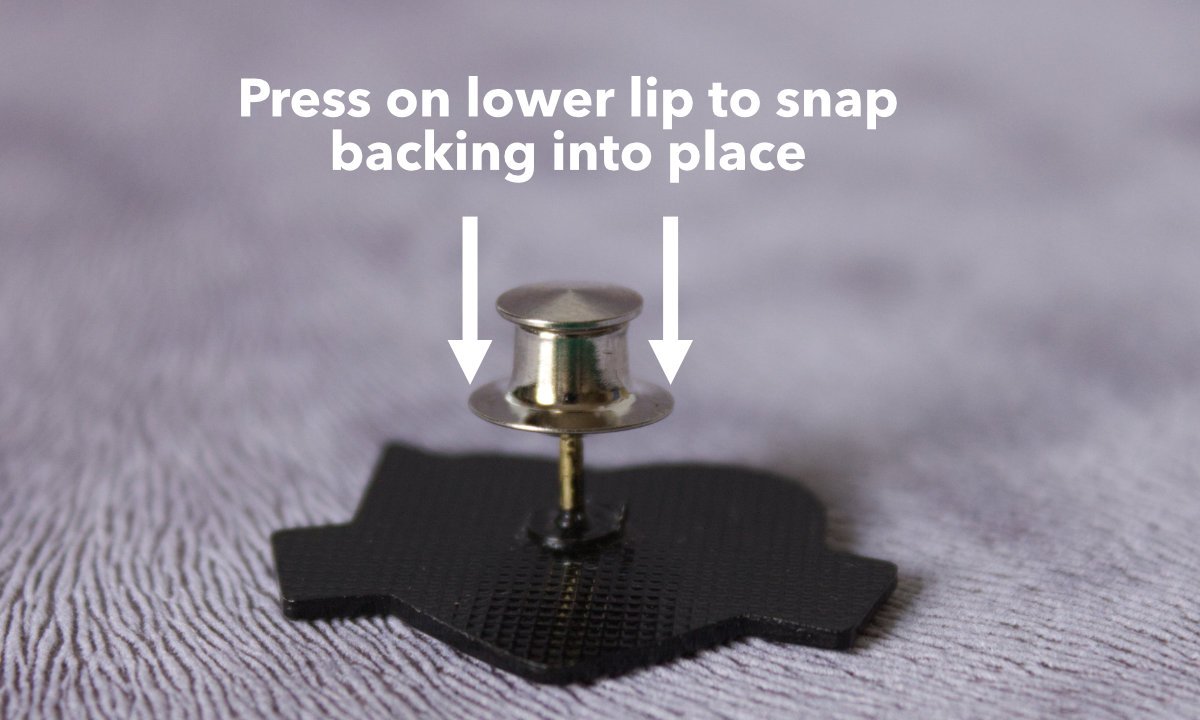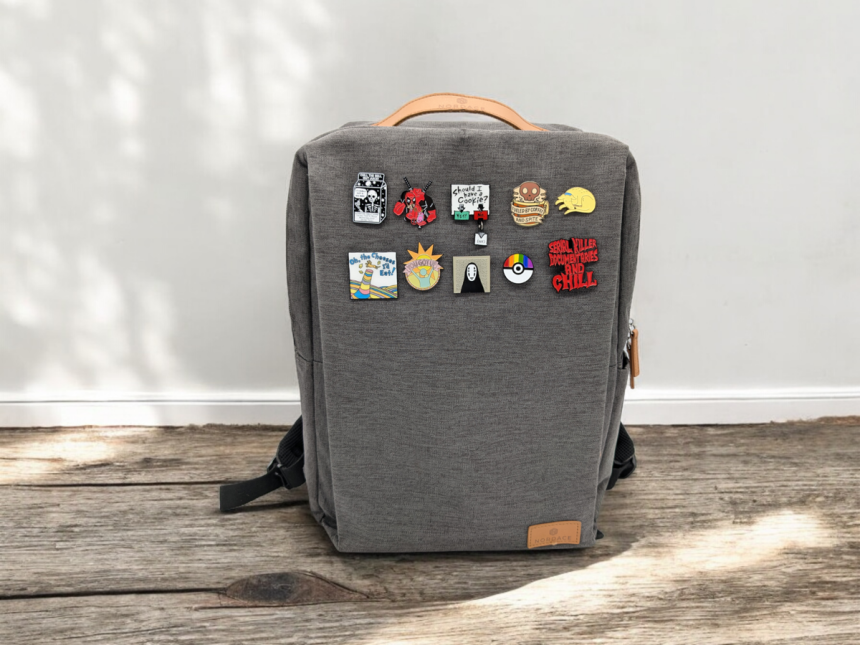Locking pin backs are small but essential accessories that ensure your pins stay securely fastened to clothing, bags, or other surfaces. For example, imagine you’re a collector traveling to a convention: the right locking pin back can prevent your cherished enamel pins from slipping off your bag or lanyard amidst the bustling crowd, giving you peace of mind throughout the event. Whether you’re showcasing a prized enamel pin collection or attaching a pin for functional use, understanding how locking pin backs work can help you make the most of these handy tools.

What Is a Locking Pin Back?
When it comes to securing your pins, not all pin backs are created equal. Standard butterfly clutches and rubber pin backs might be convenient, but they don’t always hold up under pressure. That’s where locking pin backs stand out. Unlike traditional pin backs, which can loosen over time, locking pin backs provide a secure grip that keeps your pin firmly in place.
So, how do they compare? Unlike rubber or butterfly clutches, which rely on friction, locking pin backs feature a small locking mechanism that grips the pin post tightly. This makes them ideal for keeping your pins secure on backpacks, jackets, or uniforms—no more worrying about lost pins!

How Do Locking Pin Backs Work?
Locking pin backs use a simple yet effective mechanism to keep your pin securely attached. Instead of relying on pressure or friction alone, these pin backs have an internal locking system that grips the pin post when pushed in. To remove them, you typically need to pull or press a release mechanism, ensuring they stay put until you decide otherwise.
How to Use a Locking Pin Back
Using a locking pin back is easy once you understand the steps. Here’s a detailed breakdown:
Attaching the Pin Back
- Insert the pin post through the fabric where you want to secure it. Ensure the post is fully through the material.

- Hold the locking pin back between your fingers and align it with the pin post.

- Push the pin back firmly onto the post until you hear a small click. This indicates the lock has engaged, securing your pin in place.
Removing the Pin Back
- Hold the pin steady with one hand.
- Locate the release mechanism (this may be a small button, a pull tab, or a twist-lock).
- Press or pull the mechanism while gently sliding the pin back off the post.

What If It Gets Stuck?
- If your locking pin back is difficult to remove, avoid forcing it. Instead, try wiggling it gently while pressing the release mechanism.
- If it still won’t budge, applying a small amount of lubricant (like a tiny drop of oil) can help loosen the lock.
Common Uses for Locking Pin Backs
Locking pin backs serve a wide range of purposes, including:
- Enamel Pin Collections: Protect valuable or rare pins by securely fastening them to display boards or clothing.
- Uniforms: Ensure badges or insignias remain in place during active duty or formal events.
- Backpacks and Bags: Prevent pins from falling off during travel, outdoor activities, or daily commutes.
- Events and Promotions: Keep promotional pins in place throughout busy events or campaigns.

How to Protect and Maintain Your Locking Pin Backs
Locking pin backs are durable, but proper care will extend their lifespan. Here are a few quick tips:
- Keep them clean: Dirt and dust can interfere with the locking mechanism. Wipe them occasionally with a dry cloth.
- Store properly: When not in use, keep your pin backs in a small container to prevent loss or damage.
- Check for wear and tear: Over time, the locking mechanism may loosen. If a pin back no longer locks securely, consider replacing it.
Looking for High-Quality Pins with Customizable Pin Backs?
At FactoryPin, we offer custom pins with a variety of pin back options, including secure locking pin backs. Whether you’re looking for added security or a stylish way to wear your pins, we’ve got you covered. Explore our selection today!





